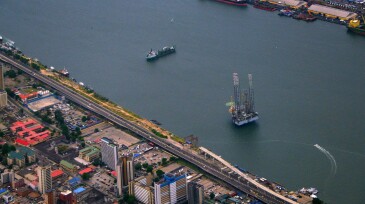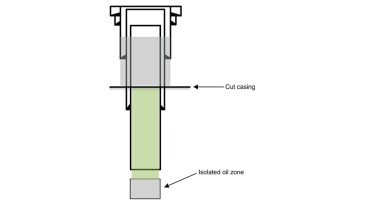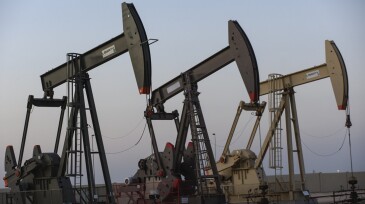Safety
This study ascertains the capital expenditure and operating expenditure associated with the reuse of existing facilities, specifically regarding a carbon capture and storage project being prepared in South Korea.
Sponsored
Advance your career with the new Pipeline Engineering Program at the Technical University of Leoben, a 5-month course combining on-campus and online learning, integrating industry expertise, engineering practice, and future-ready skills for professionals in oil, gas, and emerging energy systems.
A resilience-based approach to safety was the focus of a panel of experts at the 2025 SPE Annual Technical Conference and Exhibition in Houston.
-
Oil and gas is one of the most hazardous industries to work in. It is also an industry undergoing a revolutionary digital transformation. With changes come challenges and new opportunities. This paper looks at the top digital safety trends that are taking place within the industry.
-
A Safety Leadership Academy planned by SPE, IOGP, and CEDEP aims to strengthen leadership and safety culture with the goal of changing the safety paradigm and making zero harm a reality.
-
An engineered approach to fracture growth in hydraulic fracturing highlights the successful execution of H2S prevention strategies in North Dakota’s Williston Basin.
-
The energy company is following decisions by five big shipping firms as Houthi militants step up attacks on vessels.
-
Achieving Safety at Sea—The Safety Programs of the Nigerian Upstream Petroleum Regulatory CommissionThe aim of this paper is to discuss the various safety programs adopted by the Nigerian Upstream Petroleum Regulatory Commission to reduce accidents in swamp and offshore areas, in which the bulk of the oil and gas operations occur.
-
With funding from the National Academies of Sciences, Engineering, and Medicine, the Argonne National Laboratory will explore using a method known for analyzing nuclear systems to enhance safety in offshore oil and gas operations in the Gulf of Mexico.
-
This paper discusses housing pulverized blades mixed with Portland cement in wells considered for plugging and abandonment.
-
The Haewene Brim FPSO will need repairs to a pair of mooring connections before it can restart operations.
-
The memorandum of understanding aims to combine the efforts and expertise of both agencies.
-













